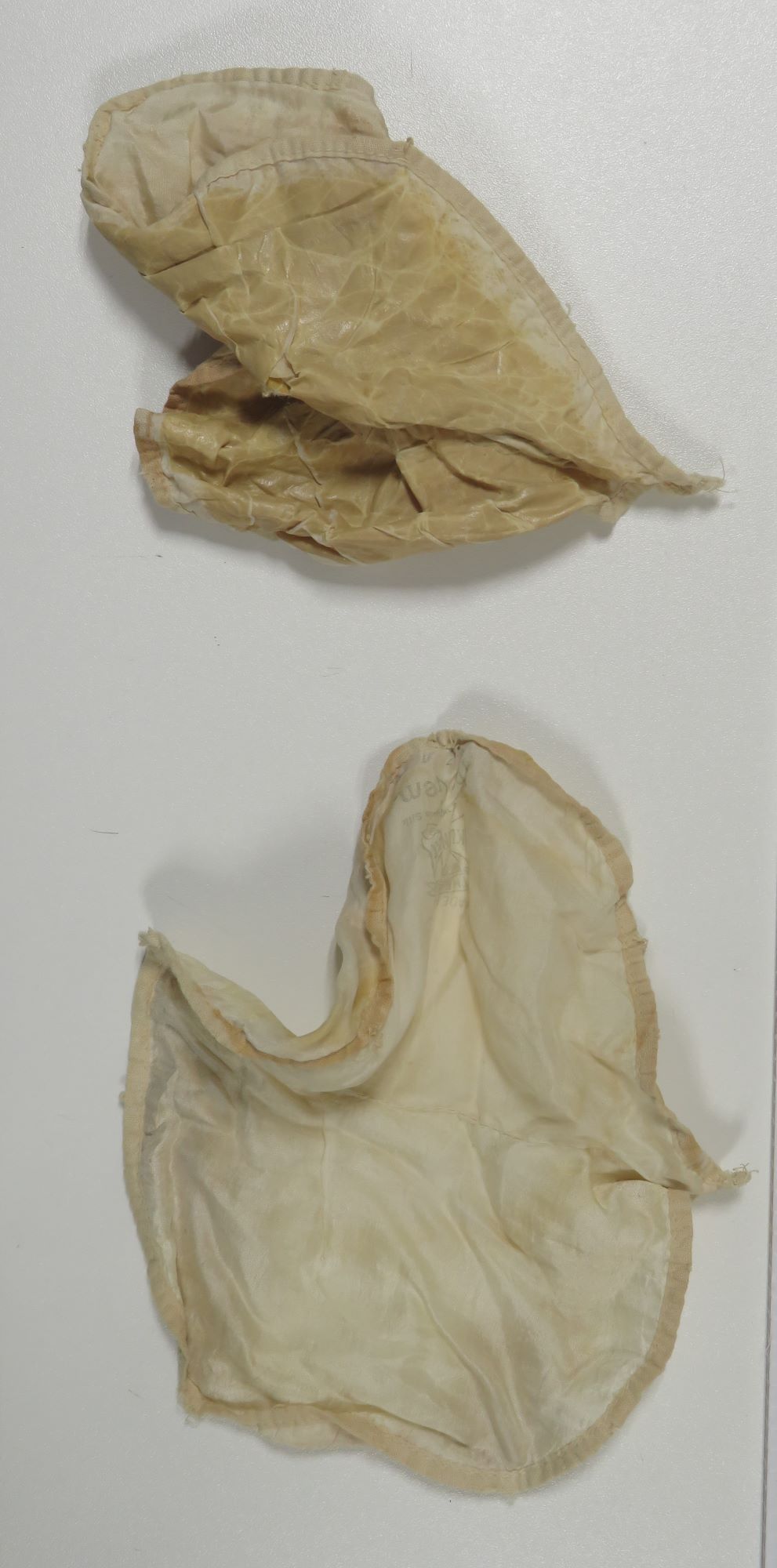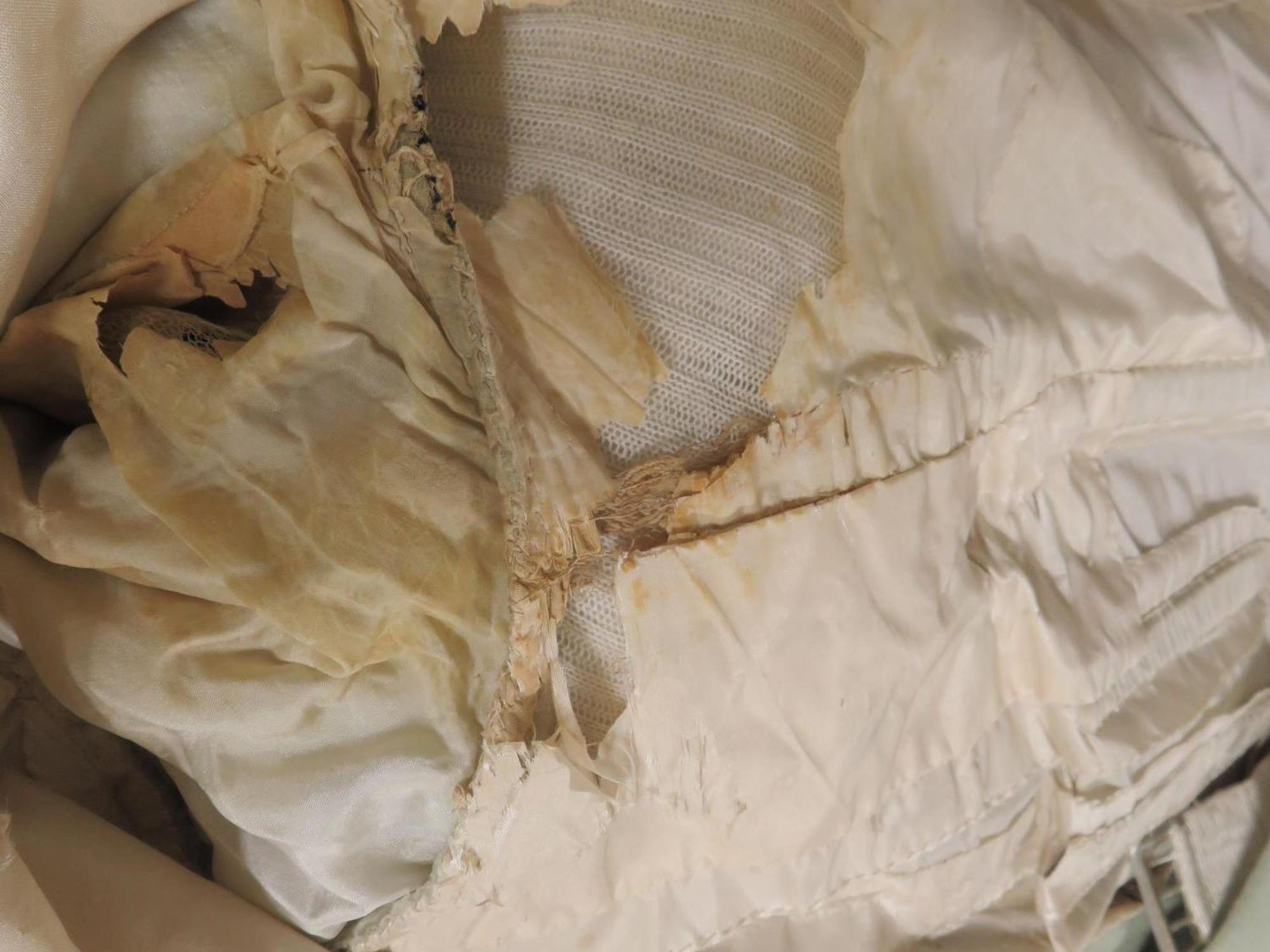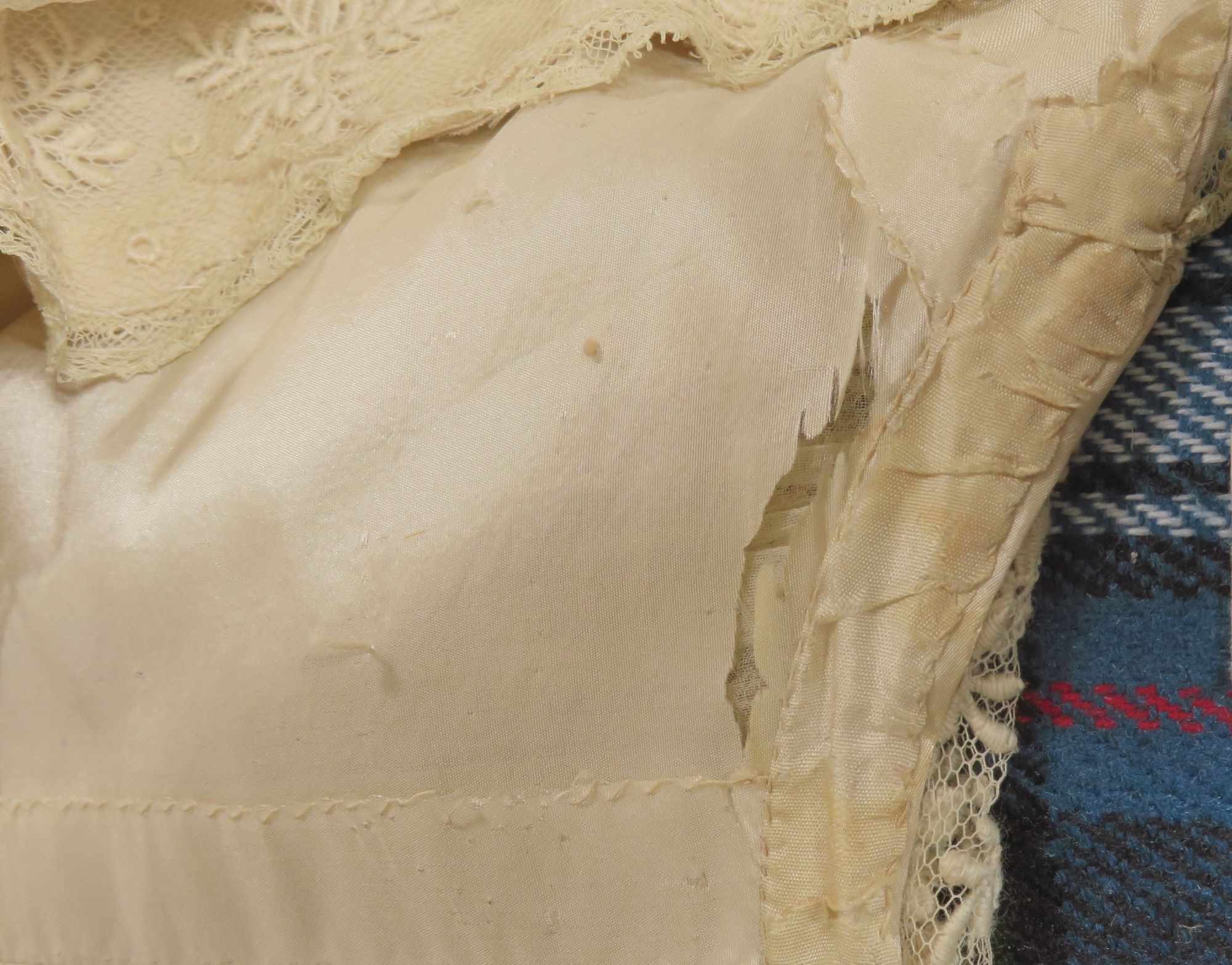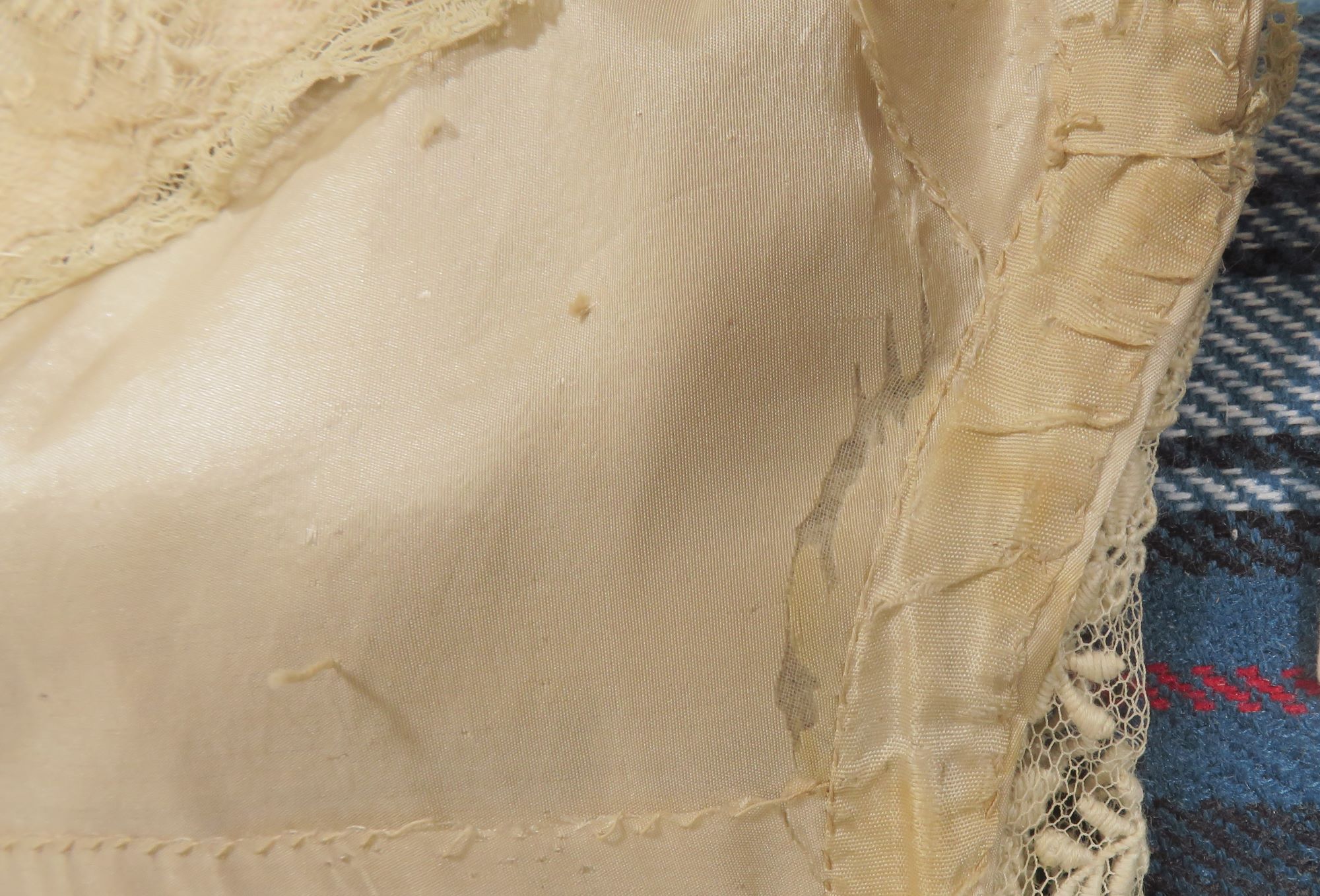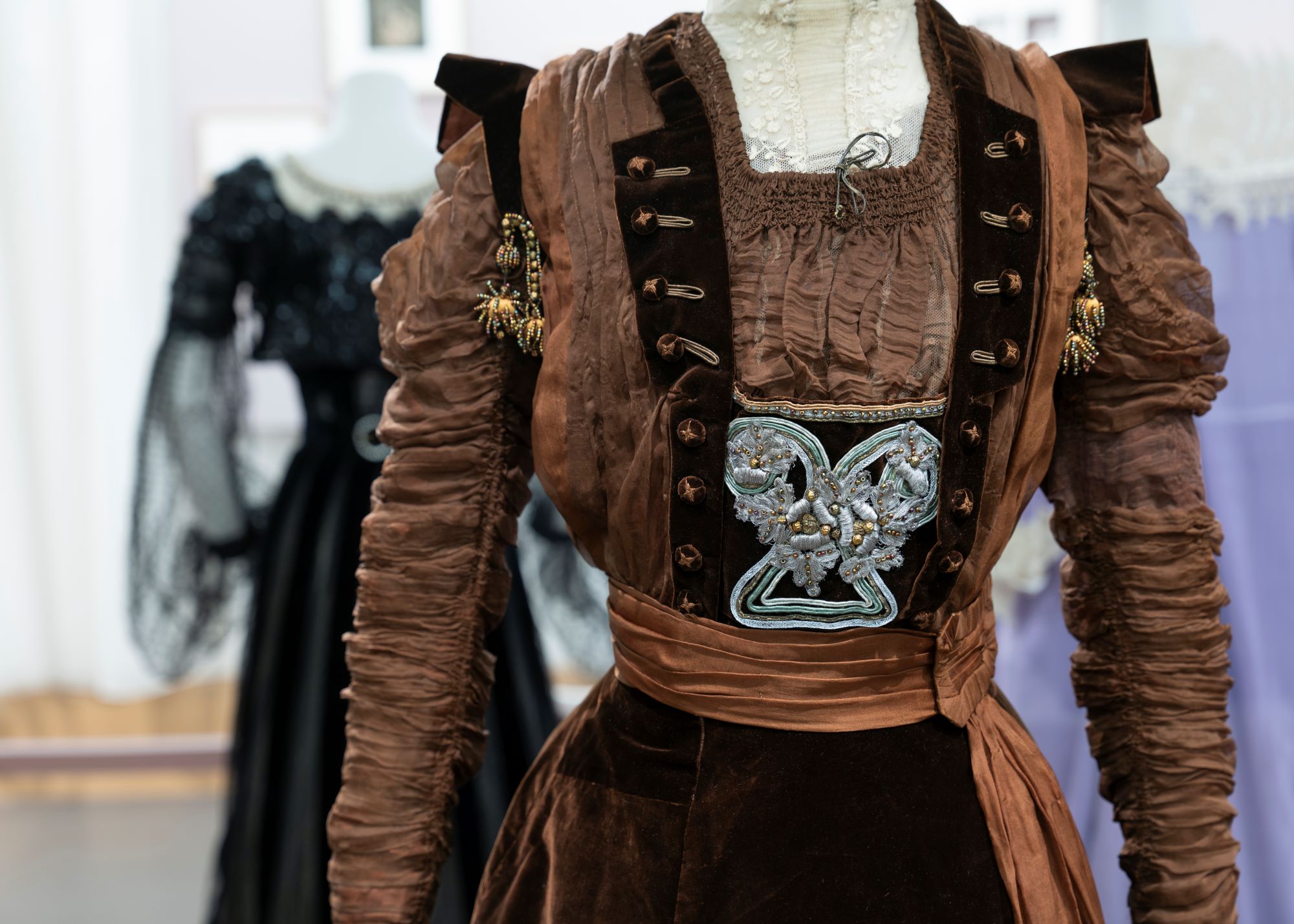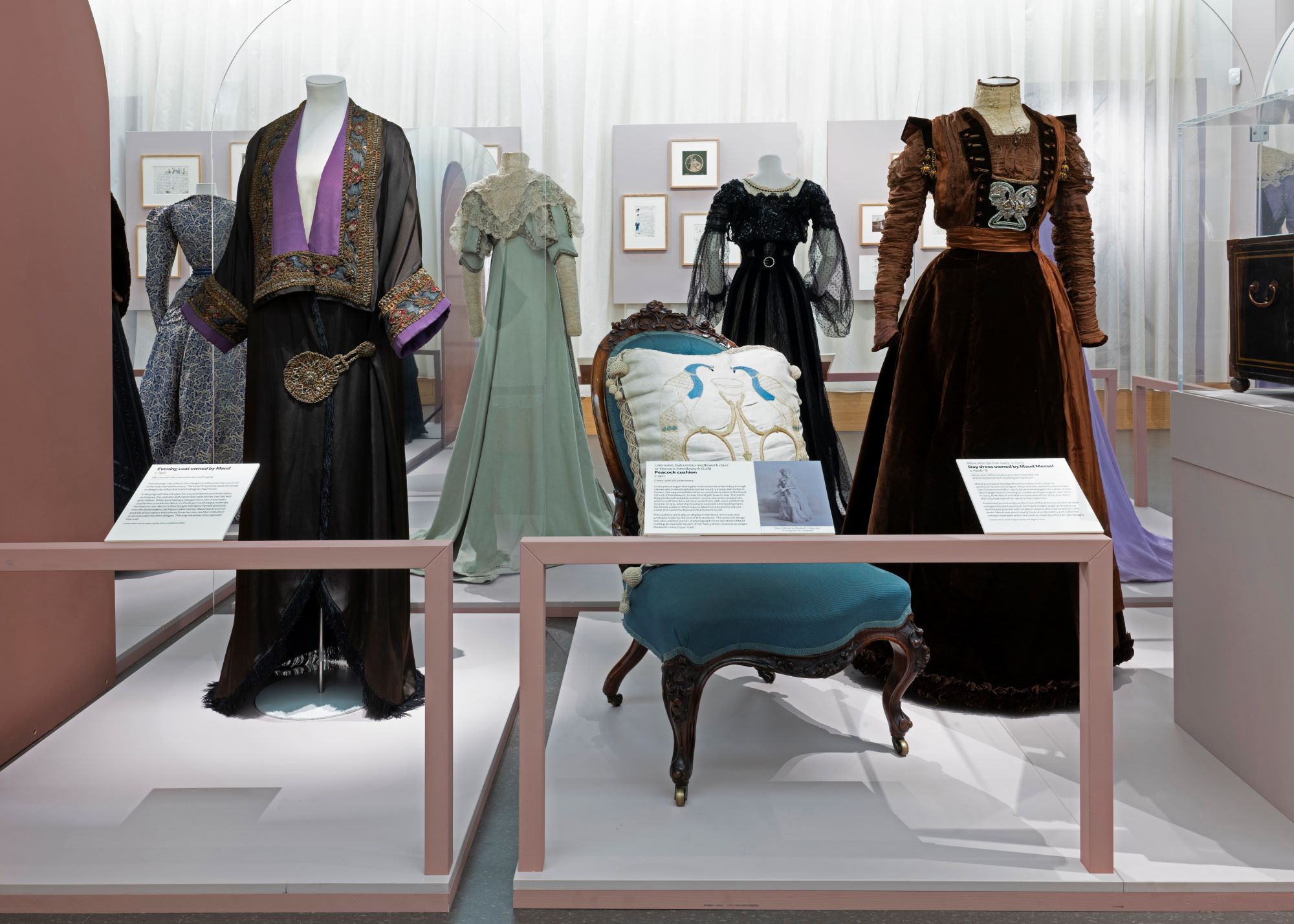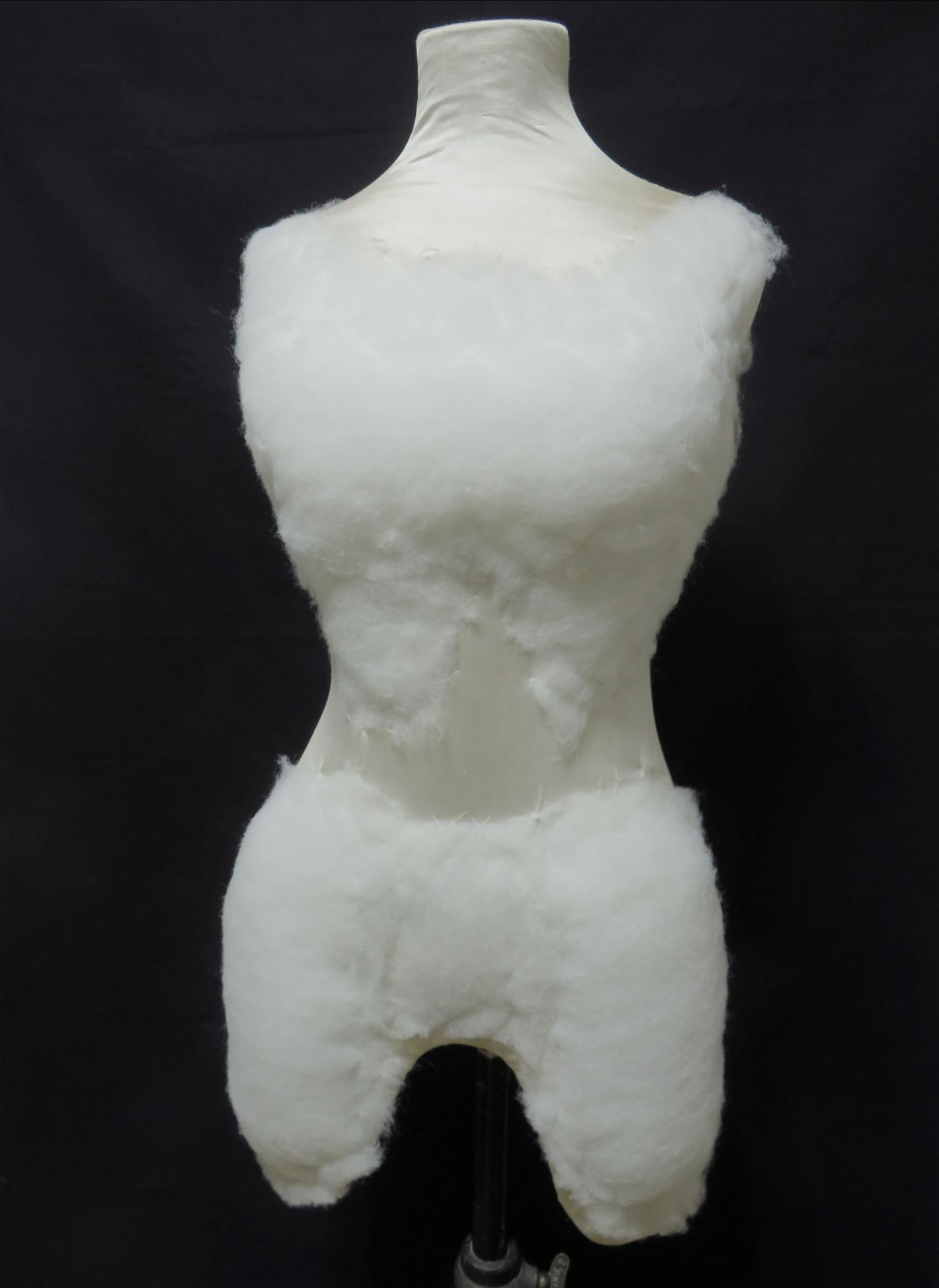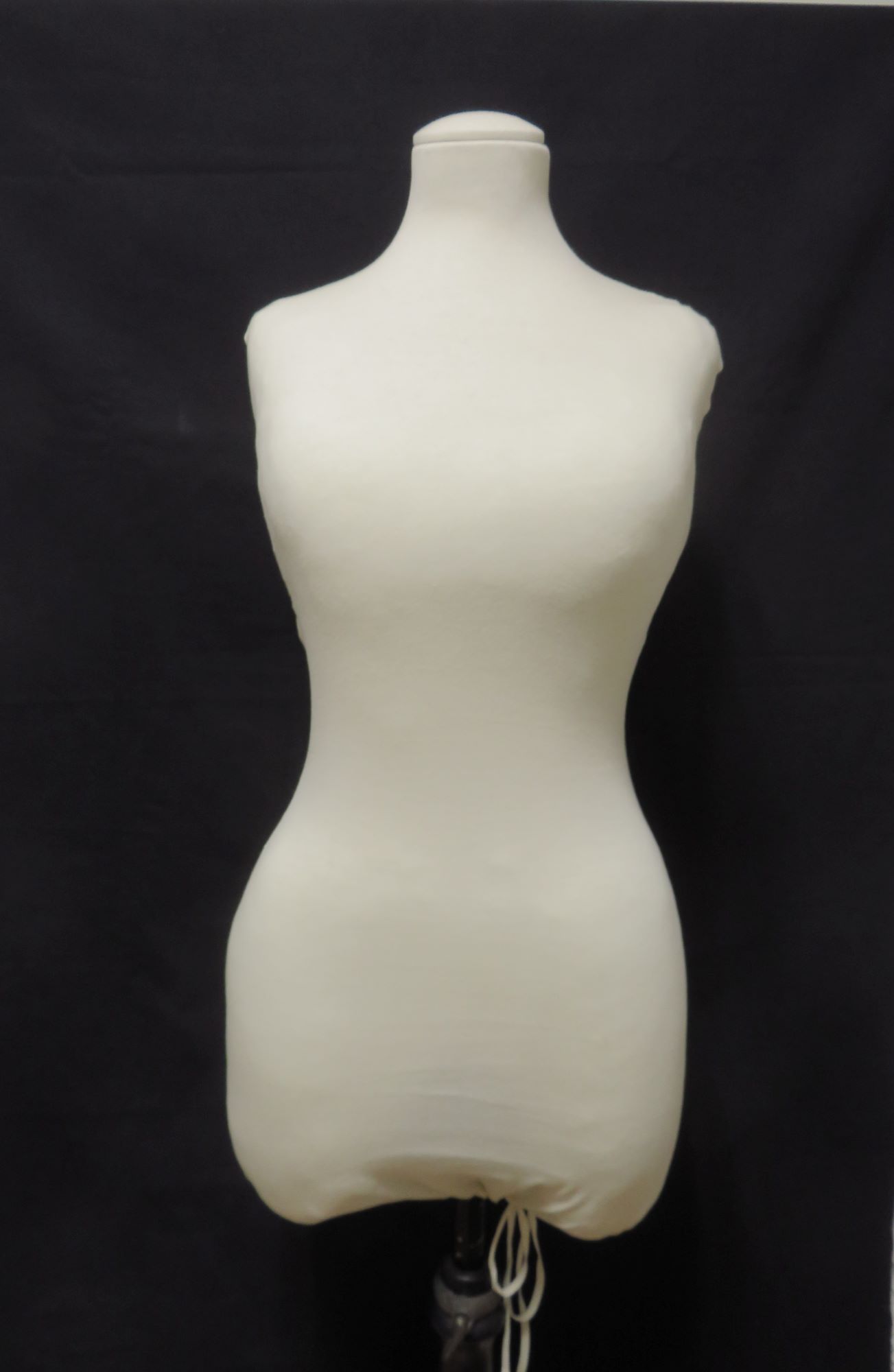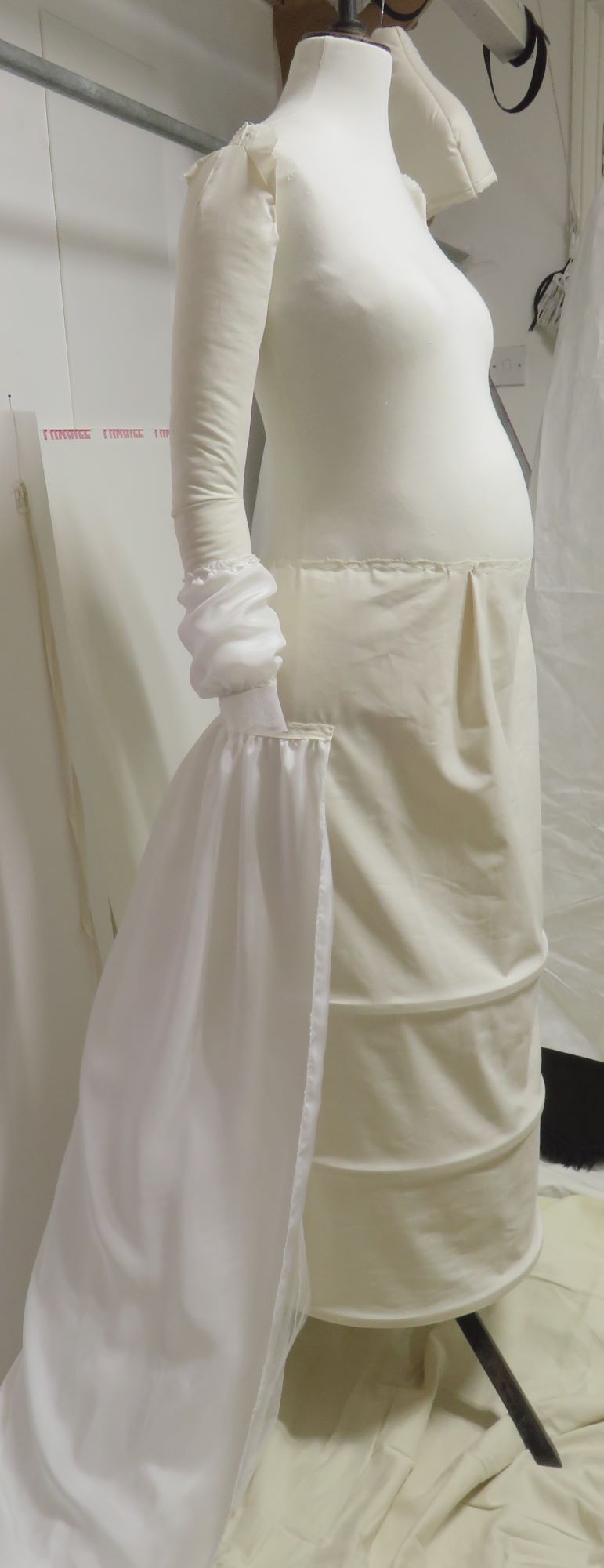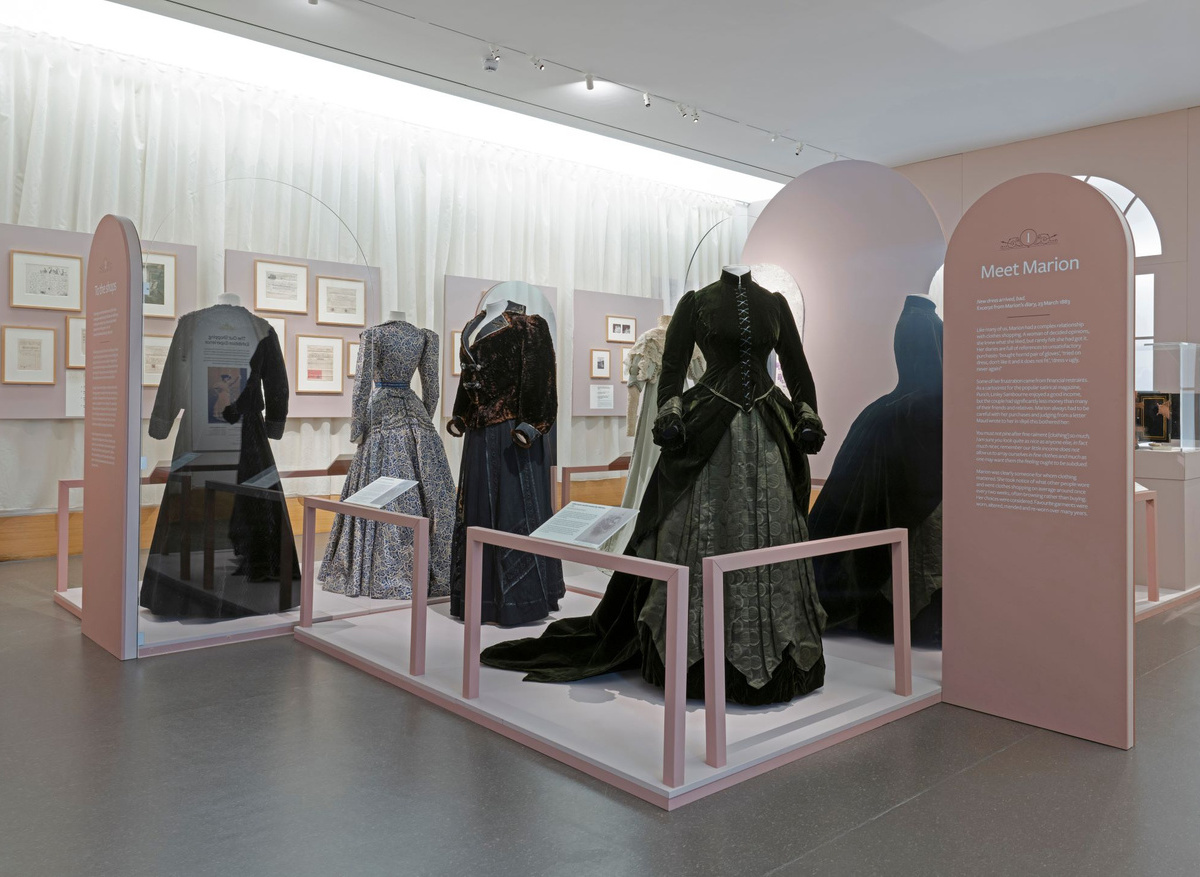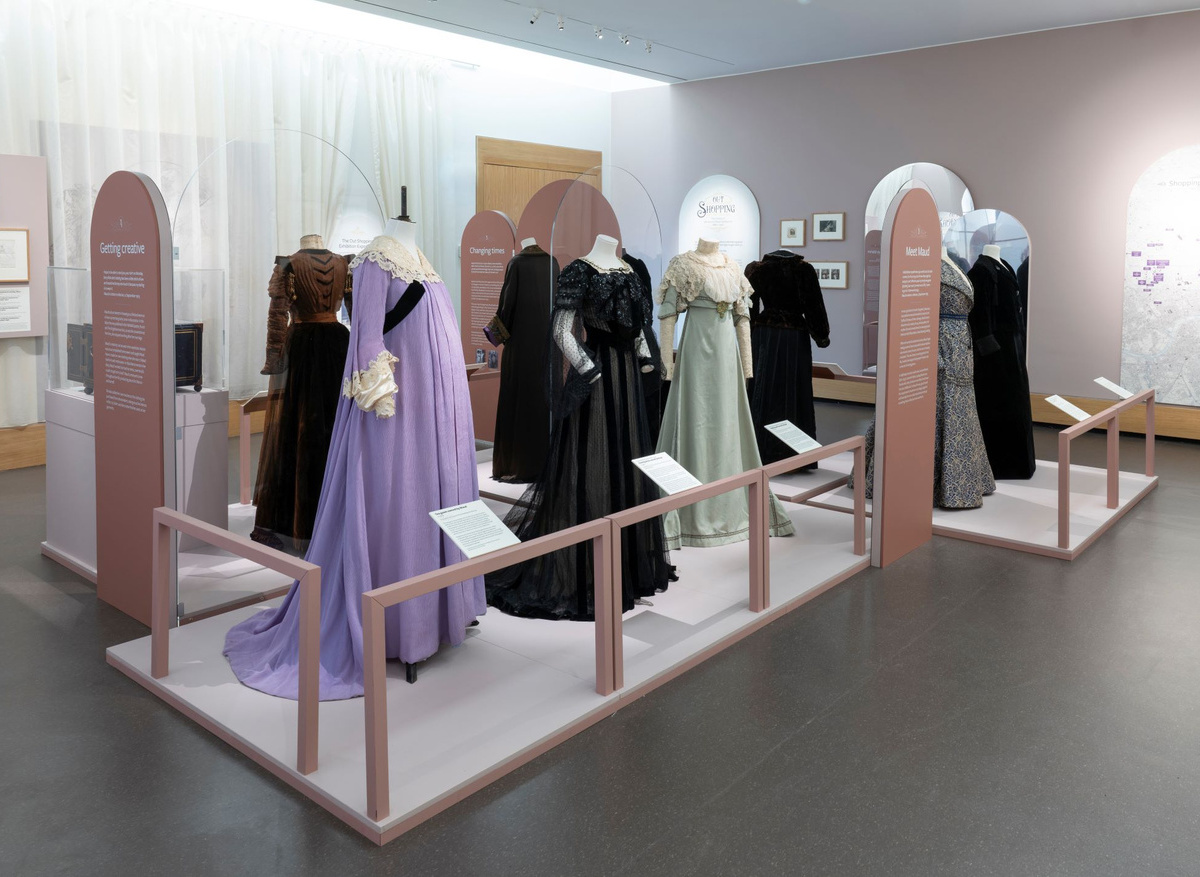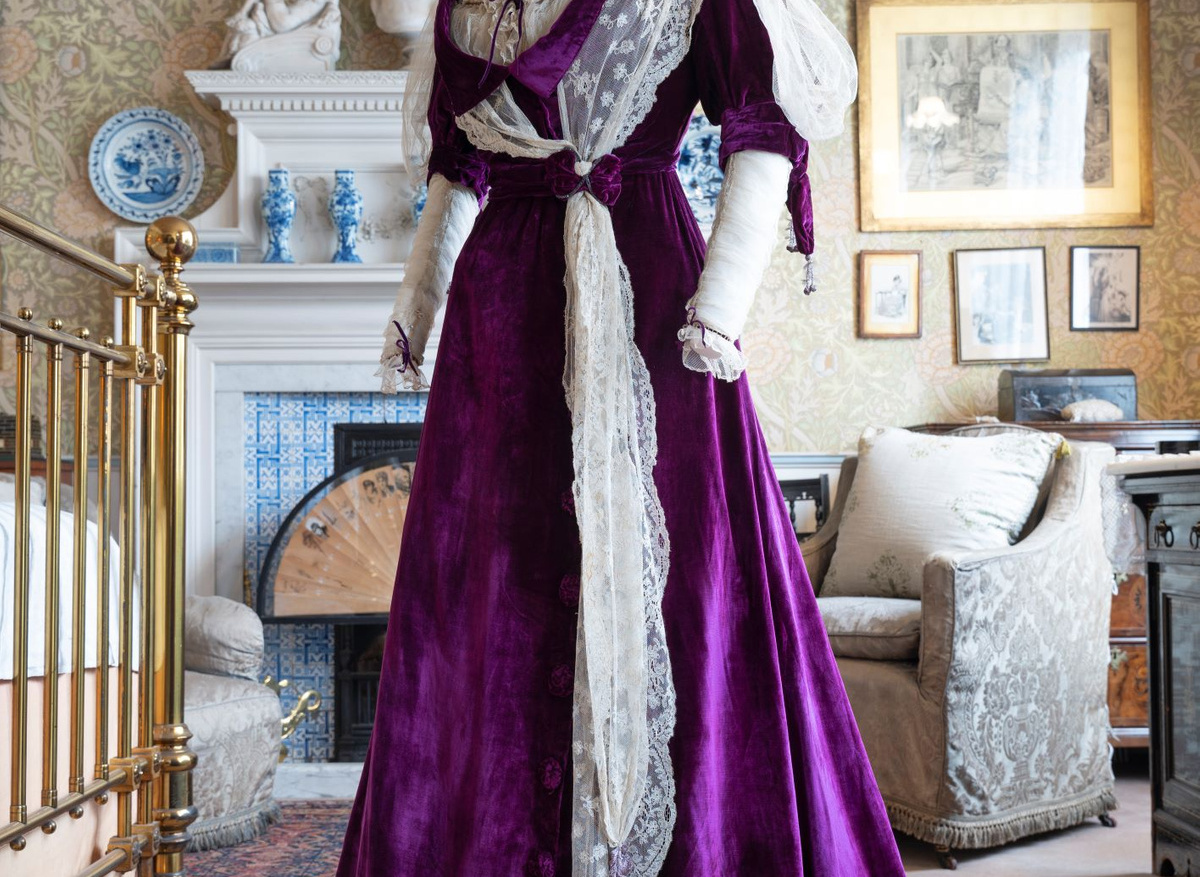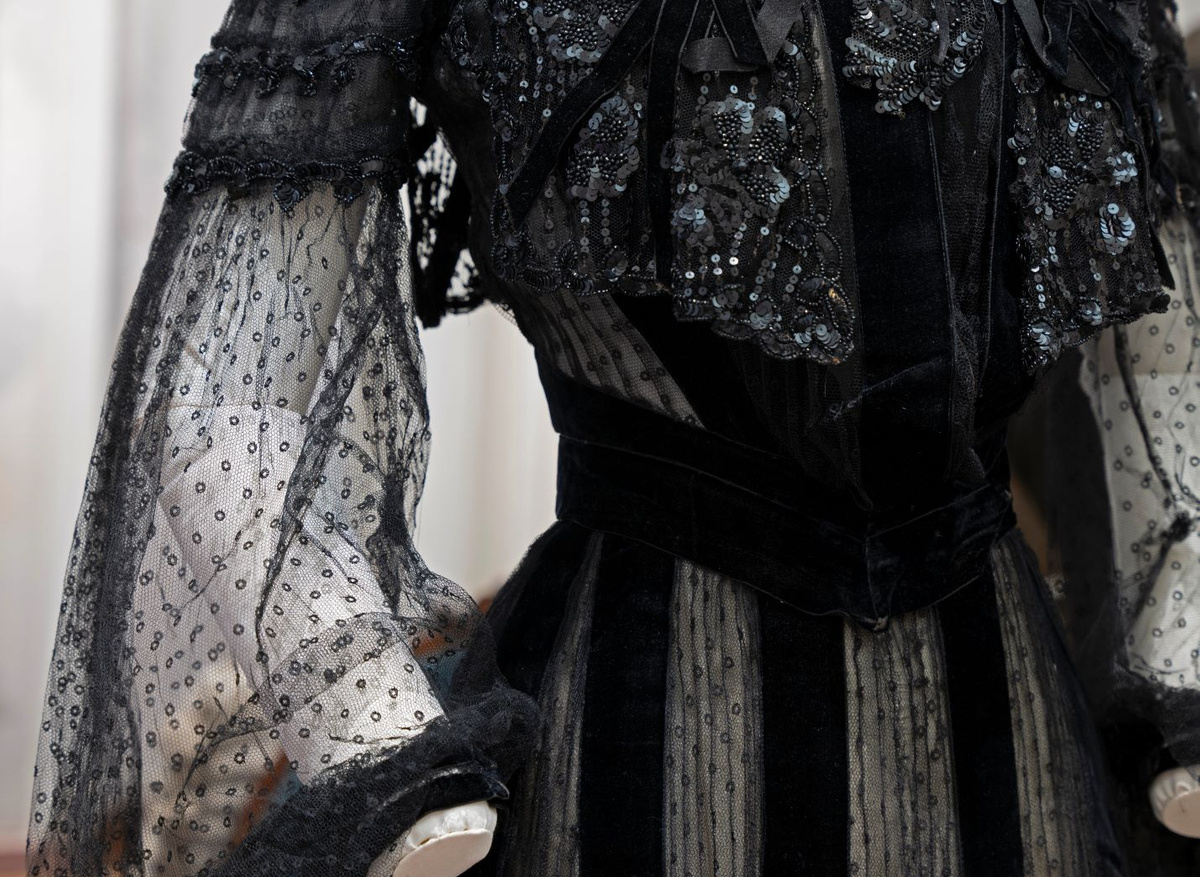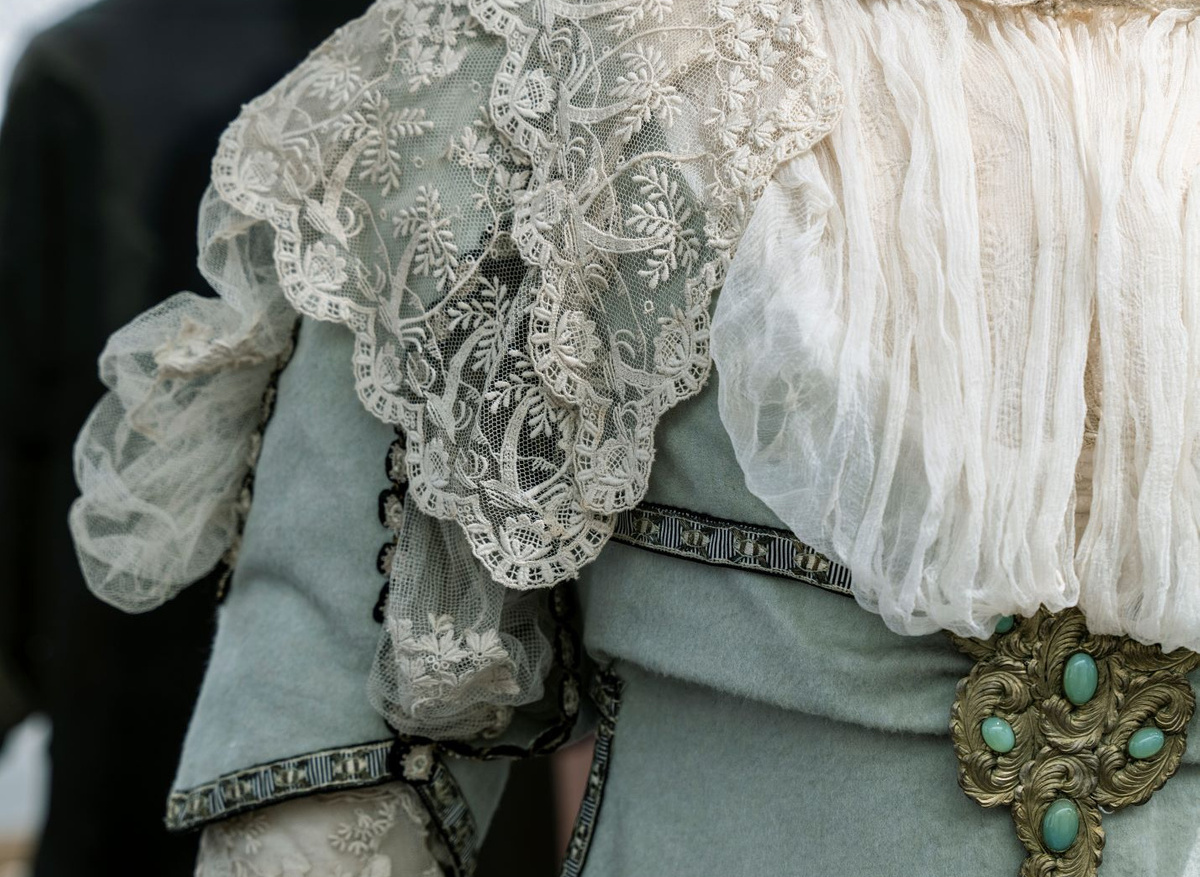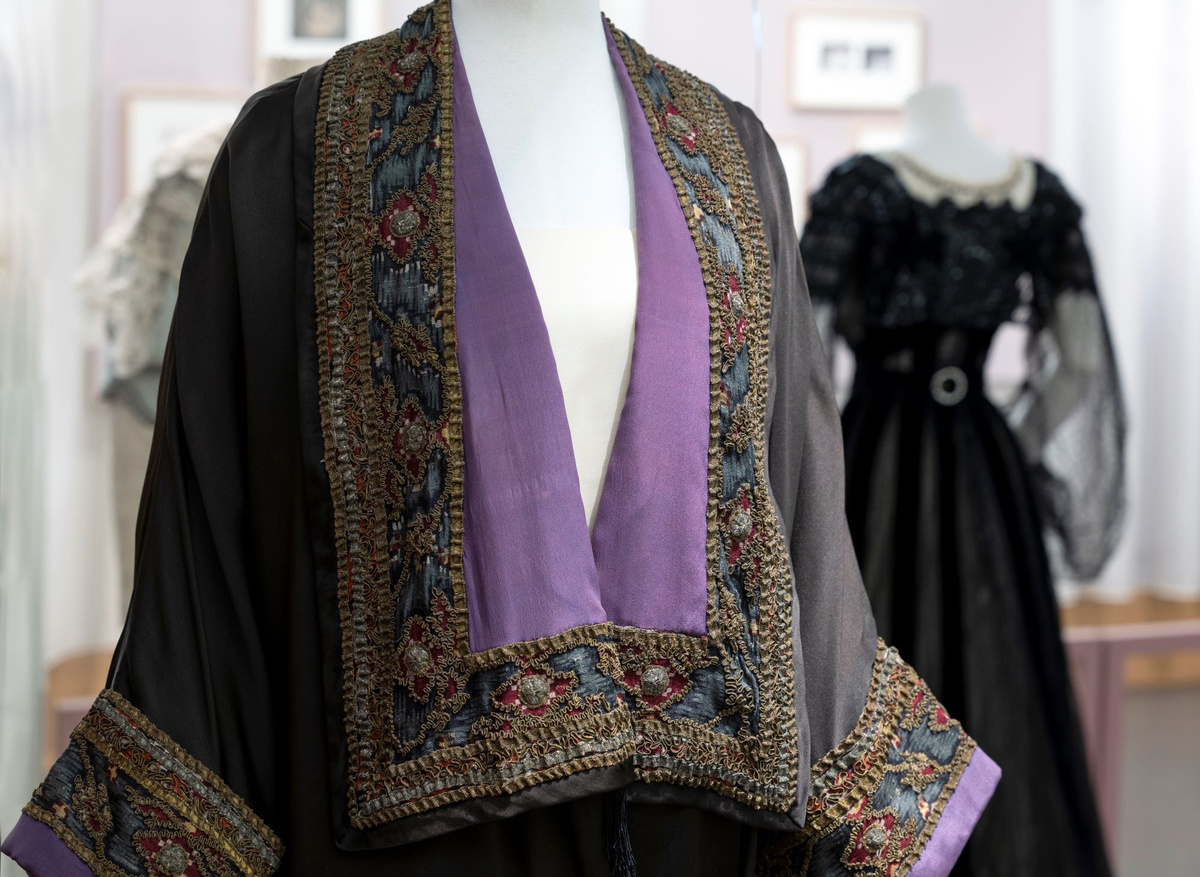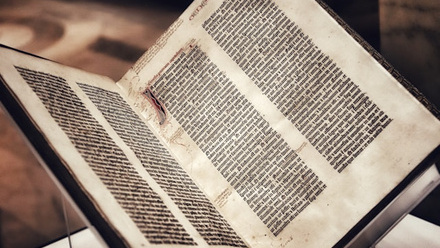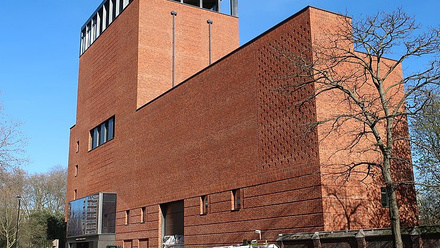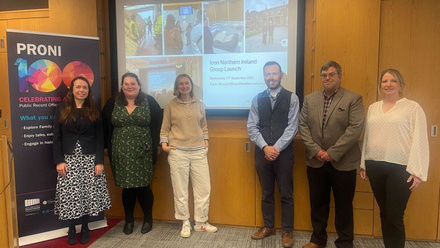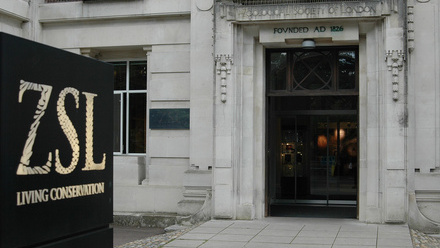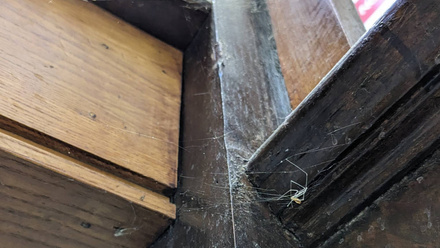'Out Shopping': Conserving the Victorian and Edwardian dresses of Marion Sambourne and Maud Messel

Right now at London's Leighton and Sambourne Houses, an exciting exhibition is on: 'Out Shopping: The Dresses of Marion and Maud Sambourne (1880-1910)' showcasing beautiful Victorian and Edwardian outfits worn by the two women, wife and daughter of the 19th-century cartoonist Linley Sambourne. The display contextualises the clothing within the family context, and their position in London through diary entries and letter fragments, revealing the personalities of Marion and Maud.
Janie Lightfoot ACR and her team, including Icon members Jenny Flasby and Elizabeth Cherry contributed to making the exhibition possible by doing invaluable conservation work on the dresses.
"It’s been a treat to be working on Marion and Maud Sambourne’s beautiful outfits over the past months." - Janie comments.

This project involved working with many different materials: the fabrics, the fastenings, the embroidery decorations, and the structured display supports.
As is often the case with conservation projects, Janie and her team's work started with cleaning. They used a museum suction cleaner with a soft brush attachment on the surface of the items. This was often carried out through a net screen to prevent further loss of the fabric which was the case with the brown chiffon dress belonging to Maud.
As the dresses were worn in Marion and Maud's time, they were often in contact with the ground, making the hems particularly affected. These parts needed more in-depth surface cleaning. Janie used vulcanised rubber sponges to lift light soiling from the hems.
Staining in the under-arm areas of the bodices proved to be a special challenge. It was common at the time to have pads sewn into the clothing to prevent this from happening, which some of the dresses from the collection did have. However, this only added issues for the conservation team, as these pads had deteriorated, discoloured, and started to leach out acidic gases which were attacking the surrounding silk, causing it to deteriorate and fragment. In consultation with the curatorial team at the museum, the decision was made for the Janie's team to mitigate this by removing and storing the pads separately, after meticulously recording their locations. The stained areas on the costume was studied closely to determine the best method of cleaning. As many of them proved to have different chemical make-ups, a method using solutions, and concentrations was decided and used to remove the acidic deterioration and to lessen the staining.
The next challenge was to smoothen the fabrics, after being stored for a long time they were very creased! To address this, methods of humidification were utilised: contact and ultrasonic. This helped greatly to lessen them.
Silk, the main material of the dresses, becomes fragile and fragmented over time. There were varying degrees of deterioration spread throughout the collection, from small splits to areas of complete shattering with only fragments remaining. The delicacy of the fabric made stitching without causing further damage awkward and extremely difficult.
To address smaller splits adhesive coated silk organza was used. The main benefit of this type of treatment being that it is fully reversible! The silk organza is coated in a fine layer of conservation-grade adhesive which is left to dry. The dried coated organza can be cut to any shape and size. The support is applied to the reverse of the fabric and the adhesive is reactivated using low-level heat. This approach worked wonderfully for the smaller areas.
A different approach had to be used for larger tears. The areas of damage were sandwiched between a colour, weight, and weave-matched fabric on the underside of the damage, with a custom-coloured conservation net secured to the face with stitching in fine threads.
The case of the brown chiffon dress proved to be particularly challenging, the silk lining of the bodice had completely shattered. The sheer nature of the chiffon meant that a lining was required to get the full effect of the dress.
It was not feasible to piece together the fragments onto a support to rebuild the lining given time and budget constraints. The fragments were photographed to record their position and then removed into archival storage sleeves to be stored alongside the dress. A pattern was made of the internal bodice and a toile (mock-up) was made from a calico fabric to test the fit. Once a pleasing fit was achieved, the pattern was cut from colour-matched silk and stitched together before being secured into the bodice to recreate the original visual effect.
Both Marion and Maud enjoyed making embroidery, and Maud especially excelled in it. The brown chiffon dress (above) showcases Maud's creativity - the decoration on the bodice was made by Maud herself, and the pillowcase next to it demonstrates her wish to take care of those in need. She established, funded, and taught needlework classes for local girls near her country house Balcombe in Sussex. The pillowcase is decorated with a needlework pattern made by Maud for the classes. These classes enabled the girls to learn a skill that could provide them with income.
The final stage of the project was to pad out the mannequins to fit the dresses.
Mannequins with measurements closest to the dress sizes were acquired. These were padded out and tube supports were made and stitched to the bottom of the mannequins to prevent the skirts from collapsing inwards.
A layer of cotton jersey was stitched to the body of the mannequin and layers of stiff and soft net were ruched and stitched in place to create shape and support for the skirts, a silk petticoat was made up as the last layer to prevent the garment from catching during dressing and undressing process.
"It was a proud moment and very satisfying to see them on display at the private viewing event" - shares Janie.
For those who are interested in learning more about the dresses and their owners, Leighton House runs two special events in July, both includes admission to the exhibition:
Exhibition Curator-led Tour, 18 July 1-2pm
Out Shopping After-Hours, 19 July 6:30-9pm
The exhibition is on until 20 October 2024. Read the details about the exhibition and how to book your visit here: Out Shopping: The Dresses of Marion and Maud Sambourne (1880-1910) | RBKC Museums

